Species Photo Gallery for Agalliopsis cervina No Common Name |
 | Photo by: Ted Wilcox
Watauga Co.
Comment: unid_leafhopper |  | Photo by: Ted Wilcox
Watauga Co.
Comment: unid_leafhopper |
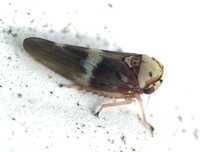 | Photo by: Ted Wilcox
Watauga Co.
Comment: unid_leafhopper | 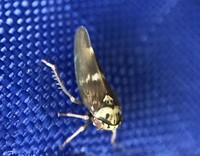 | Photo by: Ted Wilcox
Watauga Co.
Comment: unid_leafhopper |
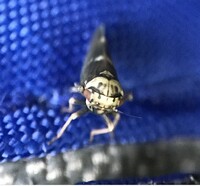 | Photo by: Ted Wilcox
Watauga Co.
Comment: unid_leafhopper | 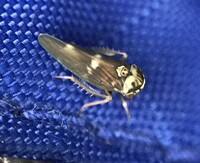 | Photo by: Ted Wilcox
Watauga Co.
Comment: unid_leafhopper |
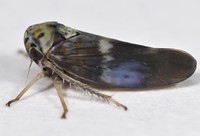 | Photo by: Rob Van Epps
Mecklenburg Co.
Comment: Attracted to UV light. Suburban yard near woods. | 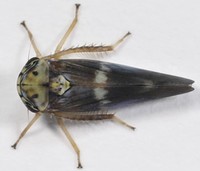 | Photo by: Rob Van Epps
Mecklenburg Co.
Comment: Attracted to UV light. Suburban yard near woods. |
 | Photo by: Jim Petranka
Madison Co.
Comment: Attracted to black light. | 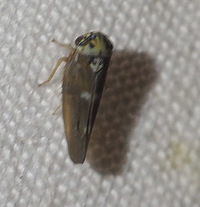 | Photo by: Randy L Emmitt
Orange Co.
Comment: on sheet with LED lights. |
 | Photo by: T. DeSantis
Durham Co.
Comment: ENRI | 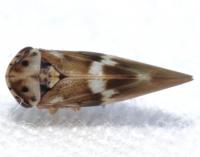 | Photo by: Kyle Kittelberger
Carteret Co.
Comment: maritime shrub; collected by Bo Sullivan |
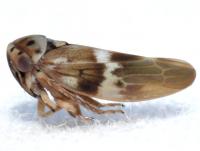 | Photo by: Kyle Kittelberger
Carteret Co.
Comment: maritime shrub; collected by Bo Sullivan | 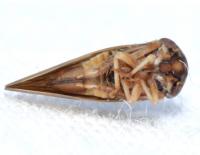 | Photo by: Kyle Kittelberger
Carteret Co.
Comment: maritime shrub; collected by Bo Sullivan |
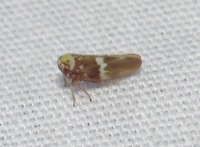 | Photo by: B. Bockhahn
Stokes Co.
Comment: | 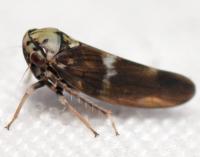 | Photo by: Kyle Kittelberger, Brian Bockhahn, Paul Scharf
Avery Co.
Comment: open area near mixed hardwood forest |
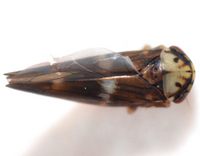 | Photo by: Kyle Kittelberger, Brian Bockhahn, Paul Scharf
Avery Co.
Comment: open area near mixed hardwood forest | 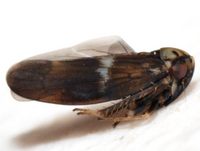 | Photo by: Kyle Kittelberger, Brian Bockhahn, Paul Scharf
Avery Co.
Comment: open area near mixed hardwood forest |
 | Photo by: Kyle Kittelberger, Brian Bockhahn, Paul Scharf
Avery Co.
Comment: open area near mixed hardwood forest | 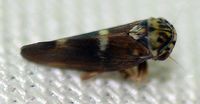 | Photo by: Paul Scharf, B. Bockhahn,C. Mitchell
Durham Co.
Comment: Males & Females? Attracted to UV Lights |
 | Photo by: Paul Scharf, B. Bockhahn,C. Mitchell
Durham Co.
Comment: Males & Females? Attracted to UV Lights |

 »
»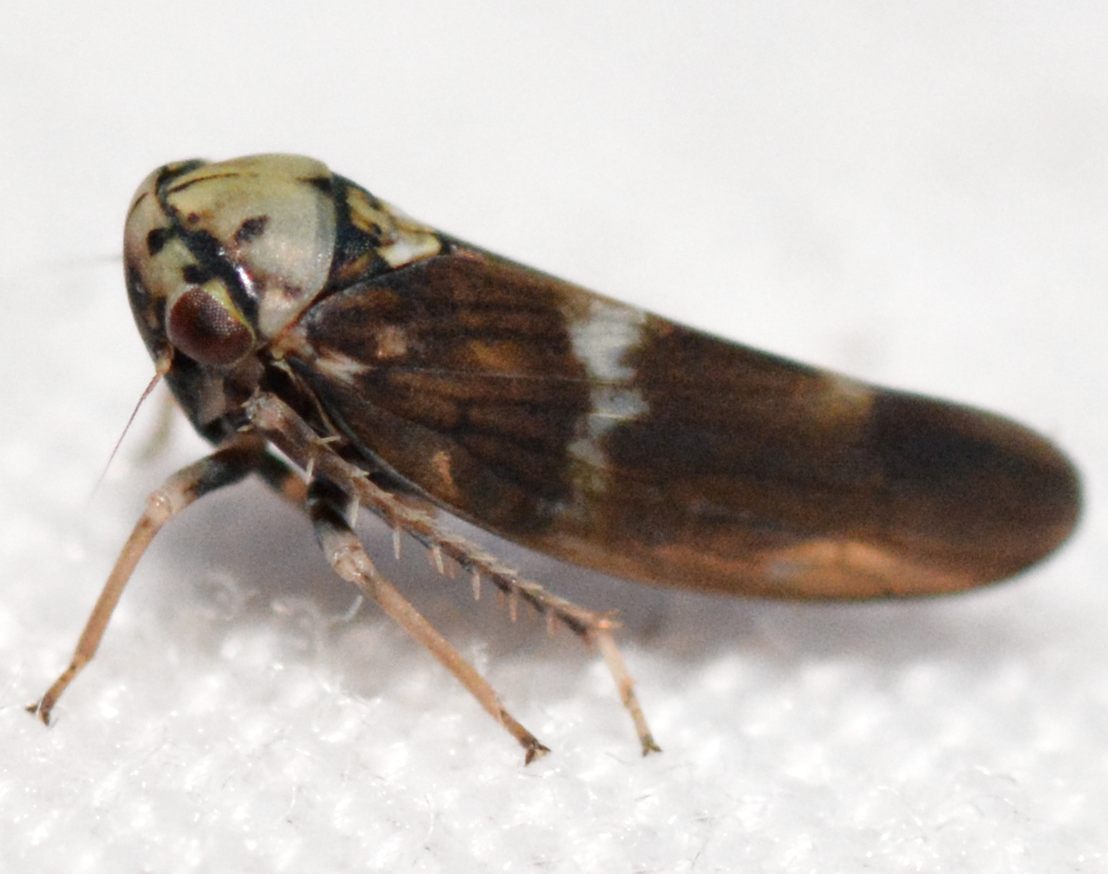

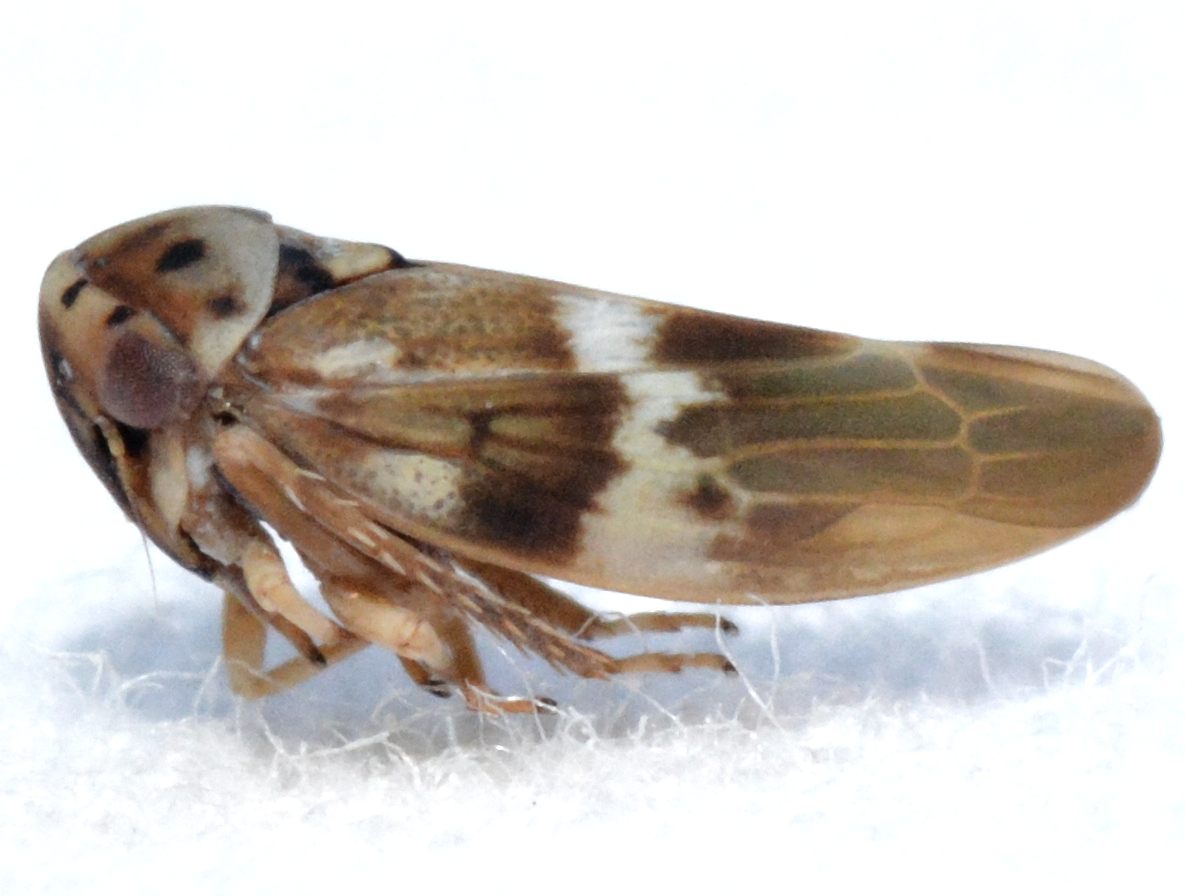


 »
»


